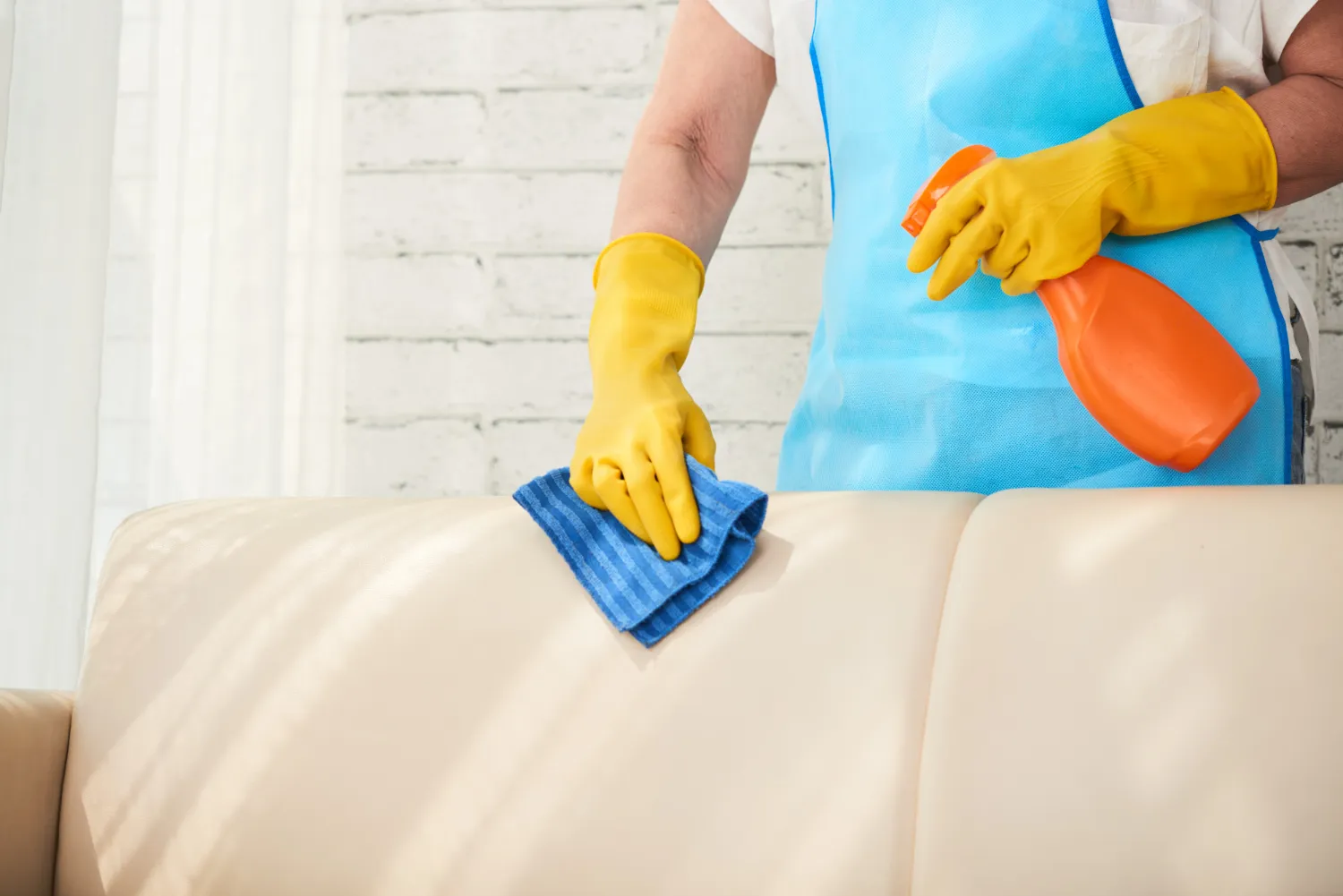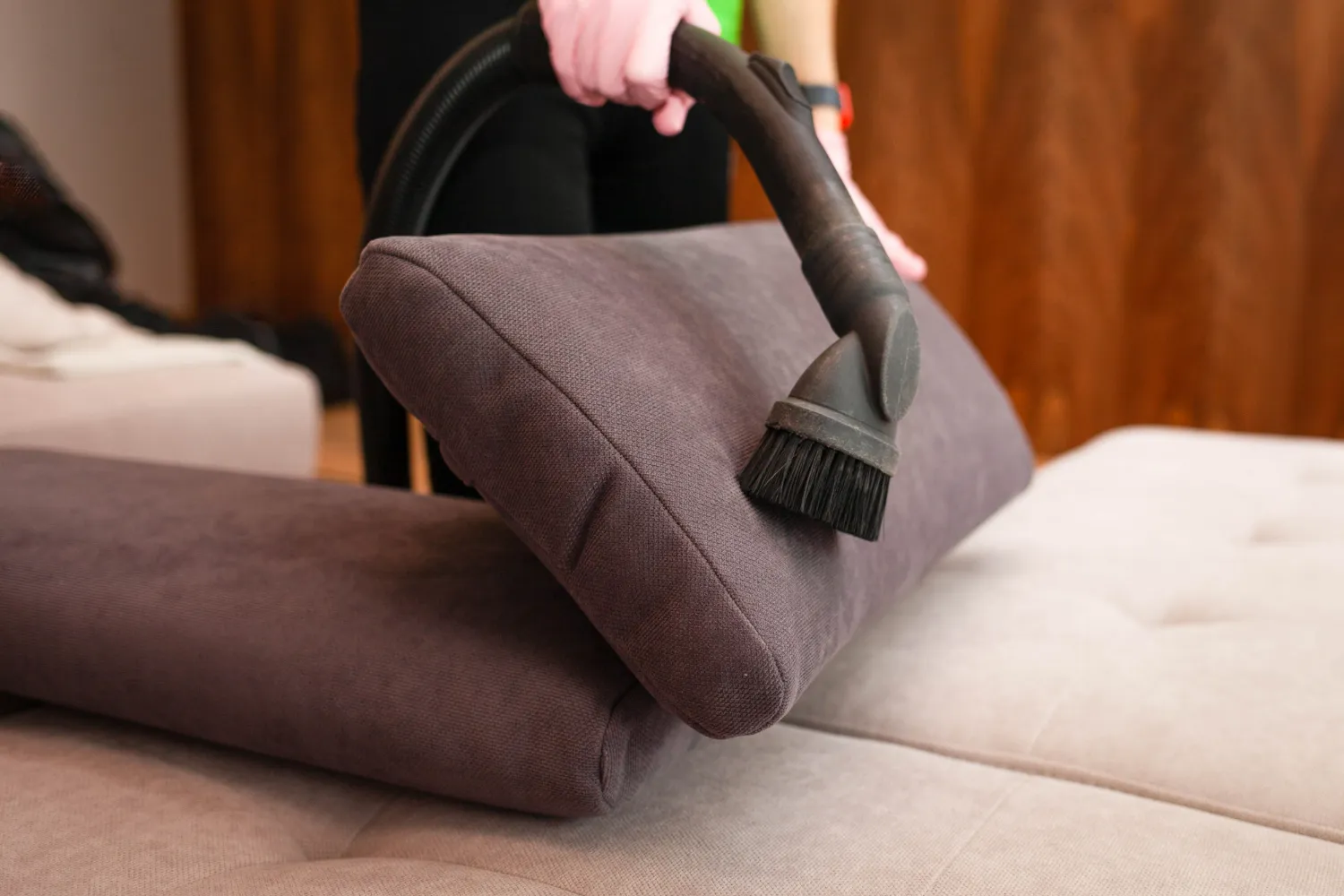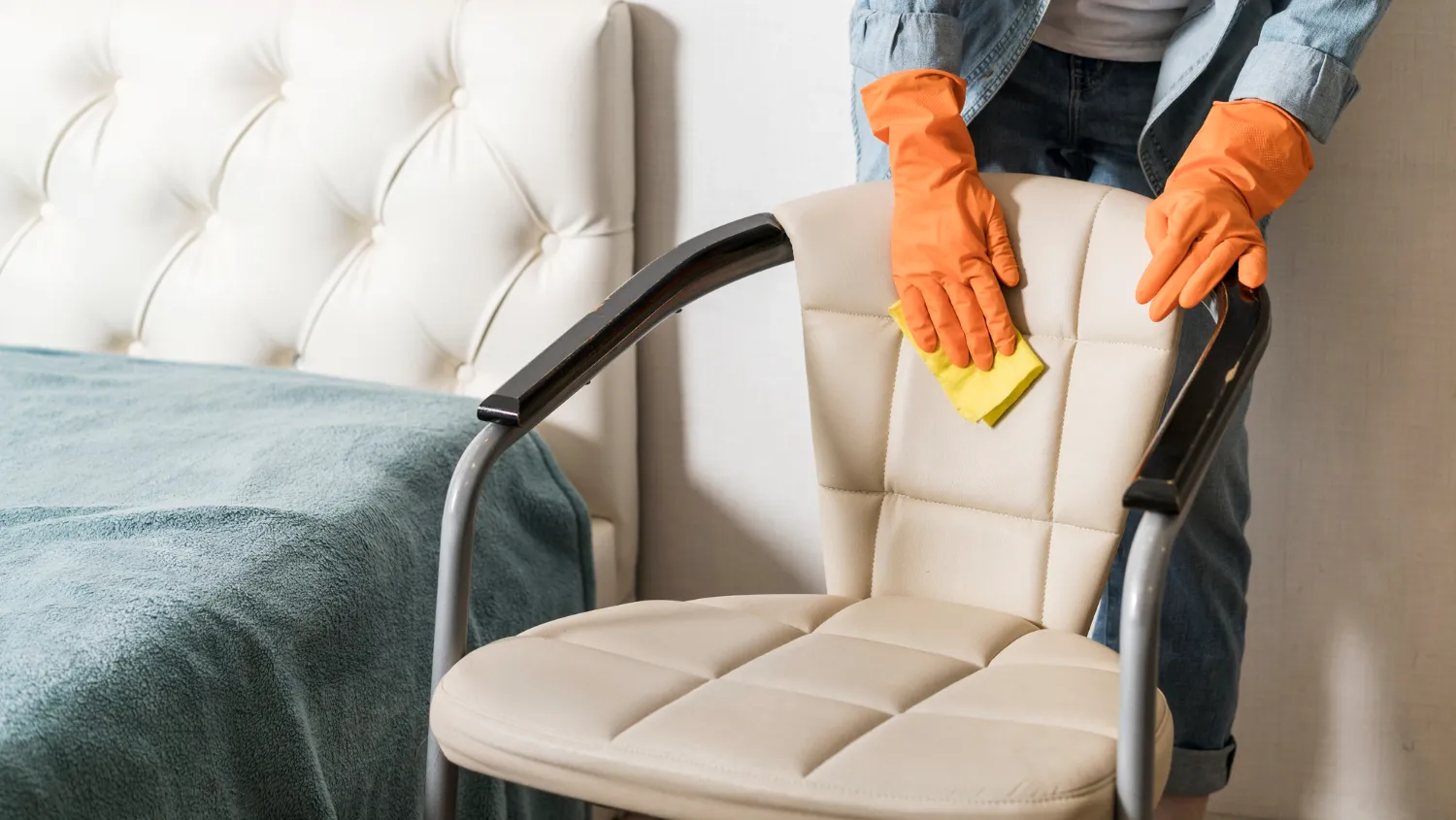Keeping your furniture clean and well-maintained is essential not only for its appearance but also for the overall hygiene of your home. However, when it comes to upholstery cleaning, many homeowners make common mistakes that can actually do more harm than good. From using the wrong cleaning products to not following proper techniques, these mistakes can lead to damaged and discolored furniture. In this blog post, we will discuss some of the most common upholstery cleaning mistakes and provide tips on how to avoid them, so you can keep your furniture looking fresh and clean for years to come.
Overlooking the Manufacturer’s Cleaning Instructions
In the quest for squeaky-clean upholstery, one critical step is often missed: consulting the manufacturer’s cleaning instructions. It might seem insignificant, but these directions are a product of rigorous testing and tailored specifically for your furniture’s material. Ignoring this could potentially result in irreversible damage to your precious furnishings. The labels attached to your upholstery aren’t there for decoration—they provide invaluable advice on how best to clean your items without causing harm. So before you get started on your cleaning mission, spare a moment to locate and read these instructions. By doing so, you’re taking the first step in preserving the life and beauty of your upholstery.
Not Testing Cleaning Products Before Use
Picture this: You’ve just applied a new cleaning solution to your beloved couch, only to watch in horror as it discolors the fabric. Avoid this upholstery cleaning nightmare by taking a simple but crucial step—performing a spot test. Start by dabbing a tiny amount of the product onto a hidden part of your furniture. This could be under a cushion or in an area that’s typically out of sight. Allow it to sit for a few minutes then check for any adverse reactions, such as discoloration or changes in texture.
If you notice anything amiss, it’s best to ditch that cleaning product and find an alternative that’s suitable for your upholstery. By taking this precaution, you’re not only protecting your furniture but also saving yourself from unnecessary heartbreak and costly replacements. Remember, every piece of furniture is unique, and what works for one might not work for another. So, spot test every time!
Using Too Much Water During Cleaning
Contrary to what you might believe, using copious amounts of water while cleaning your upholstery isn’t the best route to cleanliness. It’s a misconception that can lead to disastrous results. You see when you drench your furniture in water, it seeps into the padding underneath. This damp environment becomes a breeding ground for mold and mildew—two things you definitely don’t want living in your couch! To avoid this, opt for a more conservative approach.

Use a lightly damp cloth or sponge, just enough to lift dirt and stains without soaking the material. Remember, your goal is to clean your upholstery, not to give it a bath! So next time you’re scrubbing away at a stubborn stain, think twice before reaching for that bucket of water. By doing so, you’re ensuring the longevity of your upholstery, and keeping it fresh, clean, and mold-free!
Neglecting Regular Maintenance
Just as you wouldn’t neglect regular oil changes for your car, your upholstery shouldn’t be overlooked when it comes to routine maintenance. This isn’t just about removing stains or spills, but about preserving the integrity and extending the lifespan of your furniture. A fundamental part of this upkeep involves vacuuming your upholstery regularly. Why, you ask? Vacuuming prevents dust, dirt, and other debris from accumulating and causing wear and tear on your upholstery’s fabric.
It’s a bit like an anti-aging regimen for your couch or chair! So, don’t wait for a major spill or visible dirt to give your upholstery some love. Keep it in great shape by making vacuuming a part of your regular cleaning routine. By doing this, you’ll be surprised at how much longer your upholstery maintains its initial charm and comfort. Now, doesn’t that sound like a win-win situation?
Ignoring Professional Cleaning
Let’s face it, we all love a good DIY project. There’s something incredibly satisfying about rolling up your sleeves and tackling a task head-on. But when it comes to your precious upholstery, entrusting its care to professionals can be a game-changer. Professional cleaners bring to the table a wealth of knowledge, refined techniques, and specialized tools that can offer your upholstery a level of cleanliness that’s hard to achieve on your own.
These experts are trained to treat a range of fabrics and stains, minimizing the risk of damage and maximizing the life of your furniture. Don’t view professional cleaning as an unnecessary expense but as a smart investment in the longevity and beauty of your furnishings. Embrace the expertise that these pros offer, and give your upholstery the TLC it deserves. After all, your furniture is an essential part of your home—shouldn’t its care be left to the experts?

Avoiding Spot Cleaning
Spot cleaning often gets the cold shoulder in the cleaning process, as many individuals falsely assume that a thorough cleaning will suffice. But let’s debunk that myth right now: promptly addressing spills can prevent them from seeping deep into the fabric, thereby making them much more difficult to remove. And we’re not just talking about coffee or wine spills here—this applies to everything from ink stains to muddy paw prints.
So, the next time an accidental spill occurs, don’t just wipe it—spot-clean it! By promptly and effectively dealing with these little mishaps, you’re preventing minor accidents from becoming major stains. This not only helps maintain the visual appeal of your upholstery but also enhances its longevity. So remember, when it comes to upholstery cleaning, spot cleaning isn’t just an option—it’s a must!
Not Protecting Your Upholstery
Your upholstery endures a lot—from accidental spills to everyday wear and tear, it stands resilient against the forces that threaten its pristine condition. However, proactively safeguarding your furniture can make all the difference in maintaining its looks and longevity. Consider the strategic use of slipcovers or throws. They not only add a decorative touch to your space but also act as a shield, protecting your upholstery from stains and damage.
These protective measures can prolong the life of your upholstery, saving you from frequent cleaning and costly replacements. Plus, they’re easily removable and washable, providing an effortless and effective solution. So, don’t leave your upholstery at the mercy of spills, crumbs, and pet hair. Add an extra layer of protection and give your furniture the defense it deserves. Trust us, your upholstery will thank you!
Ignoring the Importance of Drying Time
Let’s talk about a crucial, yet often overlooked step in the upholstery cleaning process – drying time. Post-cleaning, it’s vital to allow your furniture enough time to dry thoroughly. Think about it: a damp couch or chair doesn’t sound too appealing, does it? Aside from being uncomfortable, excess moisture can pave the way for mold and mildew growth. These unwanted guests aren’t just unsightly; they can pose serious health risks, too. Not exactly what you had in mind for your comfy couch, right?
Avoid these unwanted consequences by ensuring your furniture is well-ventilated and completely dry before resuming use. Patience truly is a virtue when it comes to drying your upholstery! After all, a little extra drying time is a small price to pay for a fresh, clean, and mold-free piece of furniture.

Skipping Vacuuming Before Cleaning
Here’s a scene for you: you’ve decided to give your upholstery a deep clean, armed with your favorite cleaning products. But hold up! Did you vacuum first? It’s an often overlooked step, yet crucial for effective cleaning. You see, vacuuming eliminates loose dirt and debris that, if left unattended, can cause scratches and damage during the scrubbing process.
Not to mention, it also paves the way for your cleaning solutions to penetrate deeper into the fabric and work their magic effectively. Don’t think of vacuuming as an extra chore—it’s a critical pre-cleaning step that sets the stage for a successful upholstery cleaning.
Conclusion
As we’ve discussed, there’s more to upholstery cleaning than just scrubbing away at stains. It involves careful product selection, regular maintenance, immediate action on spills, and even occasional professional care. By avoiding these common mistakes, you can keep your upholstery looking its best and extend its lifespan. Remember, your furniture is an integral part of your home, and it deserves proper care and attention. If you need professional advice or services, don’t hesitate to contact us. We’re here to help ensure your upholstery remains fresh, clean, and attractive for years to come. Happy cleaning!
